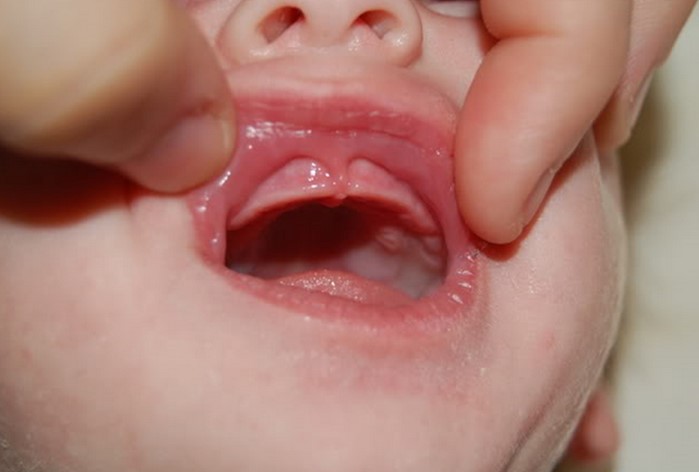Lip Tie Surgery: What to Expect and When It’s Necessary

Lip tie surgery is a procedure that can help improve the function of the lips and mouth. It is a relatively simple procedure that can be done in a doctor’s office or clinic. The procedure involves cutting the frenulum, which is the thin band of tissue that connects the upper lip to the gums. This can help improve the ability to suck, chew, and swallow. It can also help reduce the risk of dental problems, such as cavities and gum disease. Lip tie surgery is usually recommended for infants and young children, but it can also be beneficial for adults. It is important to understand what to expect before and after the procedure, as well as when it is necessary.
Lip Tie Surgery: What to Expect Before, During, and After the Procedure
Before Lip Tie Surgery
Before undergoing lip tie surgery, it is important to understand the procedure and what to expect. Your doctor will likely discuss the procedure with you and answer any questions you may have. It is important to understand the risks and benefits of the procedure, as well as any potential complications.
Your doctor will also likely perform a physical examination to assess the severity of the lip tie. This may include an examination of the tongue, lips, and gums. Your doctor may also take X-rays or other imaging tests to get a better look at the area.
During Lip Tie Surgery
During the procedure, your doctor will use a laser to make a small incision in the tissue connecting the upper lip to the gums. This will release the lip tie and allow the lip to move more freely. The procedure is usually done under local anesthesia and takes about 15 minutes.
After Lip Tie Surgery
After the procedure, you may experience some swelling and discomfort. Your doctor may prescribe pain medication to help manage any discomfort. You may also need to use a special mouthwash to help keep the area clean and reduce the risk of infection.
It is important to follow your doctor’s instructions for aftercare. This may include avoiding certain foods and drinks, as well as avoiding strenuous activities. You may also need to use a special mouthguard to protect the area while it heals.
Your doctor will likely schedule a follow-up appointment to assess your progress. It is important to attend all follow-up appointments to ensure that the lip tie has been successfully released and that the area is healing properly.
Understanding When Lip Tie Surgery is Necessary: Signs, Symptoms, and Treatment Options
Lip tie is a condition in which the tissue connecting the upper lip to the gum is too tight, restricting the movement of the upper lip. This can cause a variety of issues, including difficulty breastfeeding, speech impediments, and dental problems. It is important to understand when lip tie surgery is necessary and what the signs, symptoms, and treatment options are.
Signs and Symptoms
The most common signs and symptoms of lip tie include difficulty breastfeeding, speech impediments, and dental problems. Difficulty breastfeeding can include a weak latch, poor milk transfer, and pain for the mother. Speech impediments can include difficulty making certain sounds, such as “s” and “th”. Dental problems can include an open bite, misaligned teeth, and difficulty closing the mouth.
Treatment Options
The most common treatment for lip tie is a procedure called a frenectomy. This is a relatively simple procedure that involves cutting the tissue connecting the upper lip to the gum. This procedure can be done in a doctor’s office or in a hospital setting. After the procedure, the patient may need to use a special mouthwash or ointment to help with healing.
When to Seek Treatment
It is important to seek treatment for lip tie if you or your child are experiencing any of the signs or symptoms mentioned above. If left untreated, lip tie can lead to more serious issues, such as difficulty eating, speaking, and breathing. It is also important to seek treatment if you or your child are having difficulty breastfeeding.
Conclusion
Lip tie is a condition in which the tissue connecting the upper lip to the gum is too tight, restricting the movement of the upper lip. It is important to understand when lip tie surgery is necessary and what the signs, symptoms, and treatment options are. The most common treatment for lip tie is a procedure called a frenectomy. It is important to seek treatment for lip tie if you or your child are experiencing any of the signs or symptoms mentioned above.Lip tie surgery is a safe and effective procedure that can help improve the quality of life for those who suffer from the effects of a lip tie. It is important to consult with a qualified healthcare professional to determine if lip tie surgery is necessary and to discuss the potential risks and benefits of the procedure. With proper care and follow-up, lip tie surgery can provide long-term relief from the symptoms associated with a lip tie.